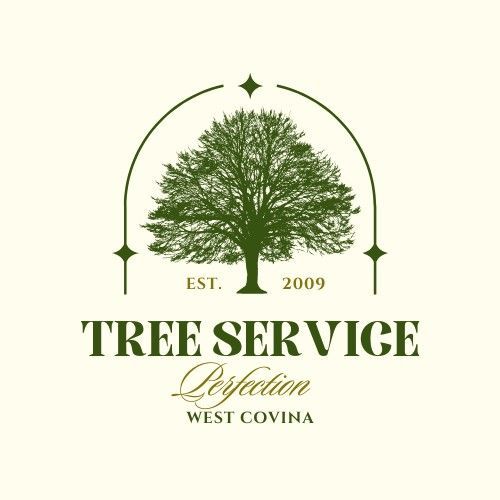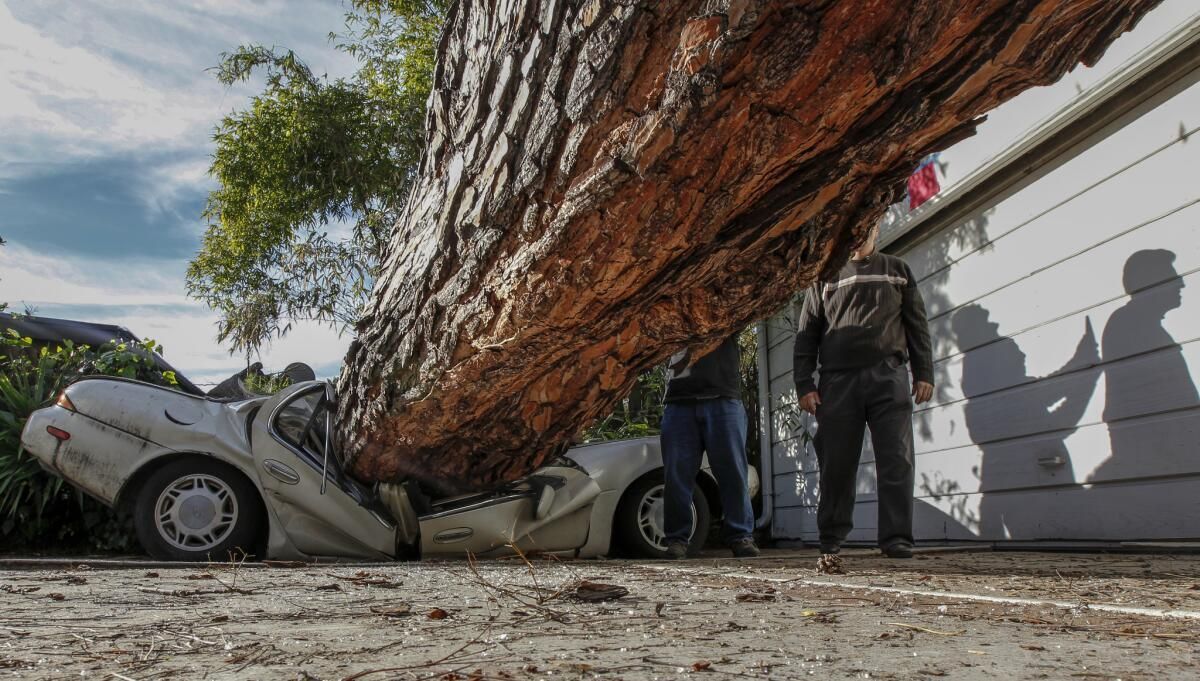Blog
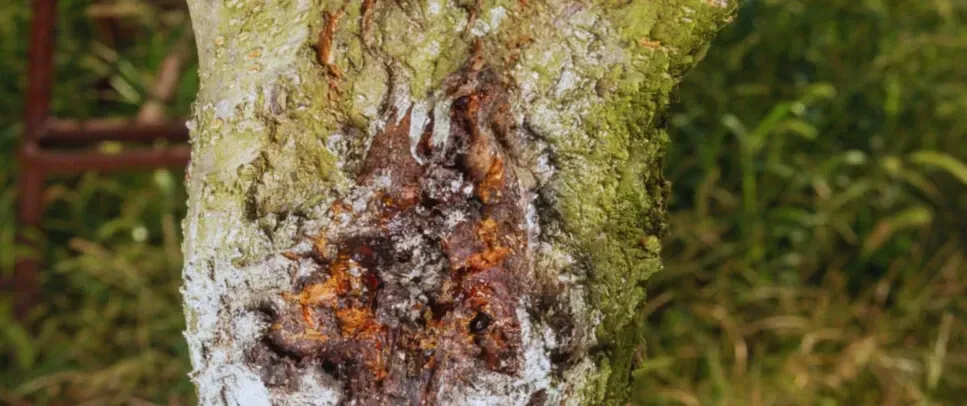
Trees are the silent, steadfast giants of our landscapes. They provide shade, beauty, and a sense of permanence to our homes and communities in West Covina. But like any living organism, they can suffer from stress and illness. The problem is, trees communicate their distress in subtle ways that are easy to overlook until it's too late. A leaning trunk, a widespread fungal infection, or a catastrophic limb failure often begins as a quiet whisper of stress years earlier. Waiting for the obvious signs of decay can lead to costly interventions, property damage, or even the complete loss of a beloved tree. Recognizing the early warning signs of tree stress is one of the most crucial skills a homeowner can develop. It’s the difference between a simple, proactive treatment and a complex, expensive emergency removal. Here at Tree Service Perfection West Covina , we believe that an educated homeowner is the first and best line of defense for a healthy urban canopy. This comprehensive guide will teach you how to read the language of your trees, identify stress signals from root to leaf, and take action to protect your green assets before decay takes hold.
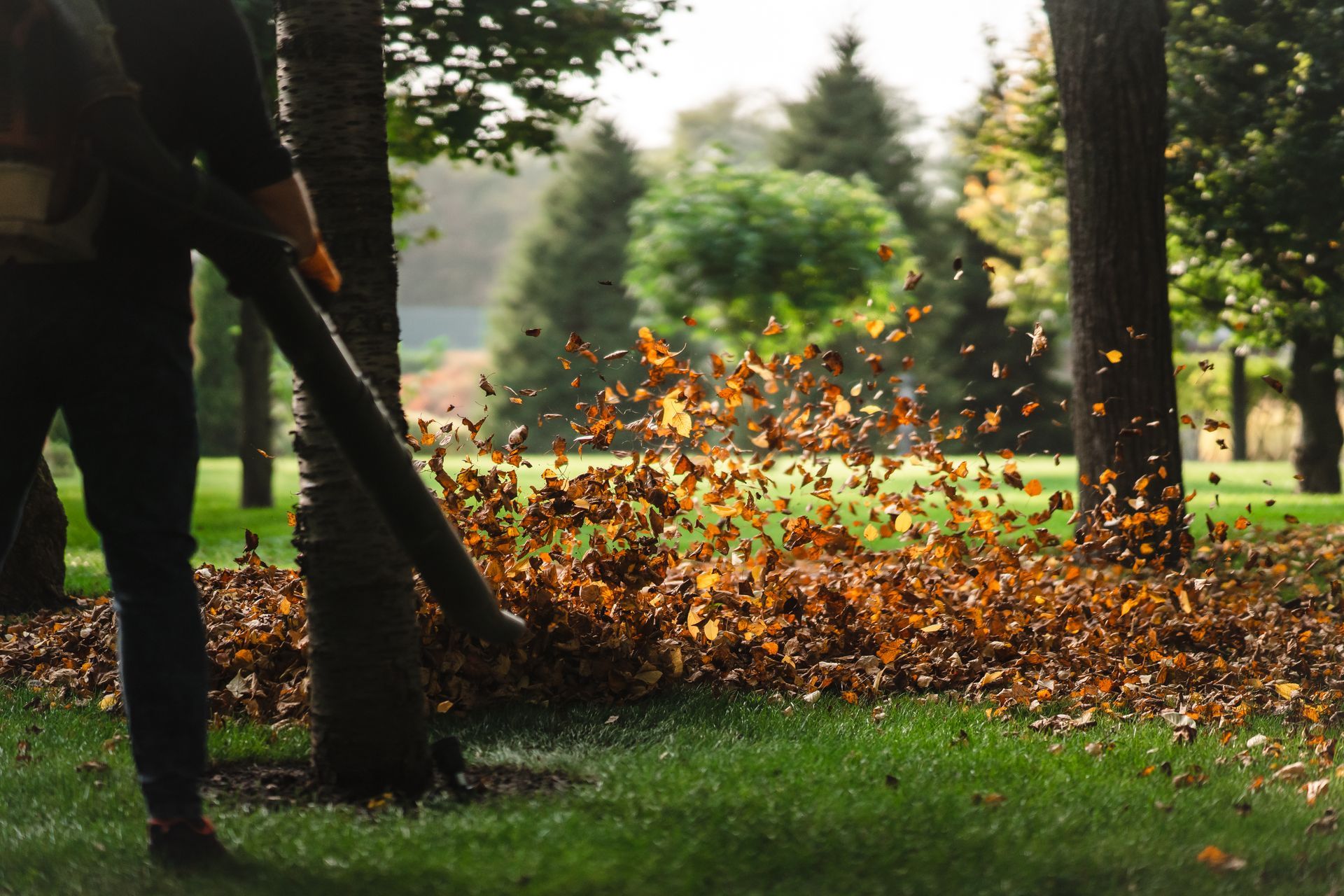
The sheer force of a storm can be both awe-inspiring and devastating, often leaving a trail of destruction in its wake. For homeowners in West Covina, CA, the aftermath can mean a yard littered with fallen branches, uprooted shrubs, and even dangerously compromised trees. While the initial instinct might be to grab a rake and chainsaw, tackling storm damage cleanup yourself can be hazardous. This is where professional yard clean up services and tree cleaning services become invaluable, ensuring your property is restored safely and efficiently. Here at Tree Service Perfection West Covina, we've seen firsthand the chaos that storms can cause. A tidy, well-maintained yard can be transformed into a danger zone in a matter of hours. That's why we believe in a proactive and professional approach to residential yard clean up. It's not just about aesthetics; it's about securing your property and preventing further damage.
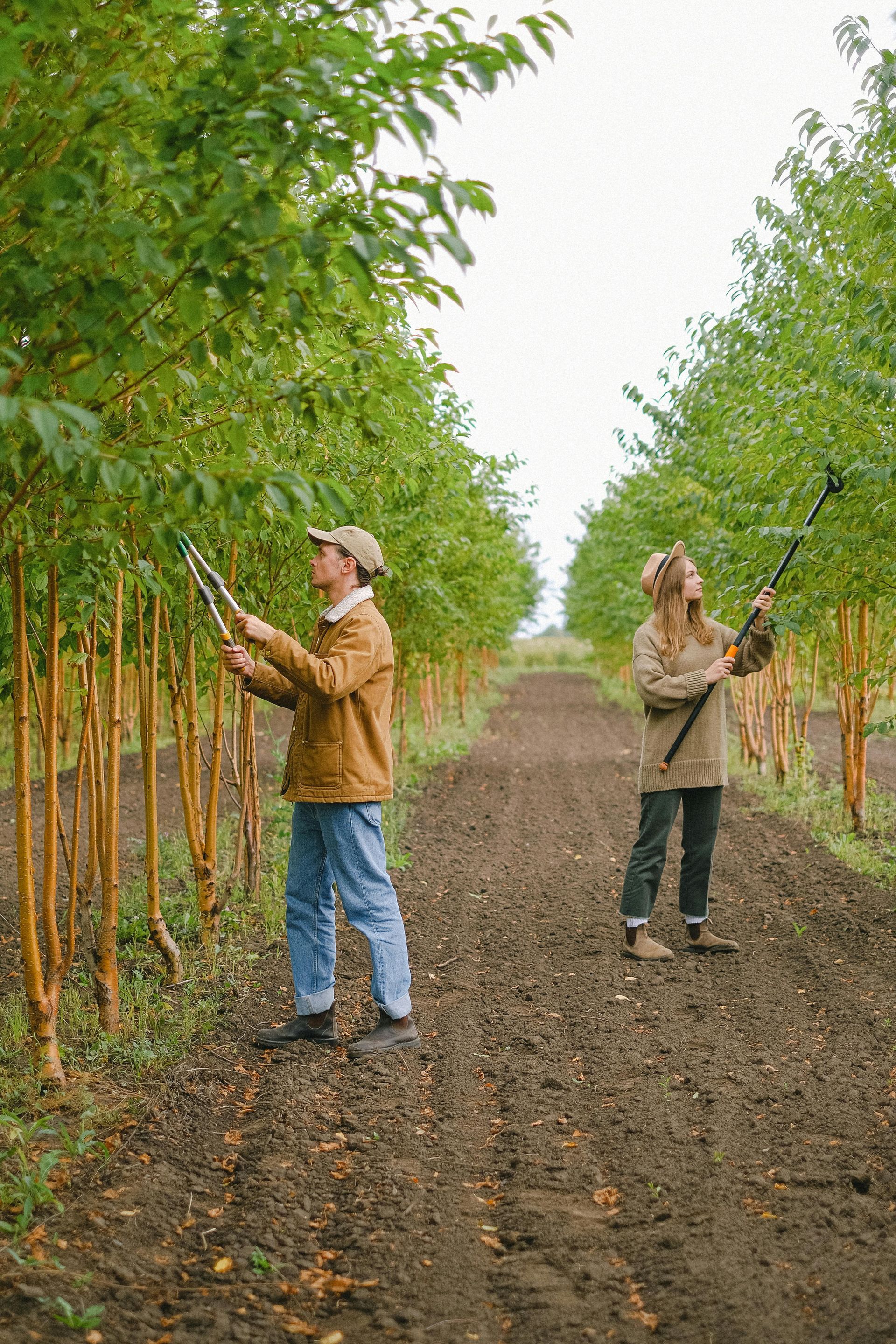
Understanding the best time to trim trees is crucial for maintaining their health, beauty, and safety. A well-timed trim can stimulate growth, enhance fruit production, and prevent the spread of disease. However, pruning at the wrong time can stress your trees and make them vulnerable. This guide will walk you through the ideal seasonal tree trimming schedule to ensure your trees thrive year-round. Here at Tree Service Perfection West Covina, we believe that a proactive tree care schedule is the foundation of a stunning landscape.

That stubborn tree stump. It’s more than just an eyesore; it’s a tripping hazard, a haven for pests, and a stubborn obstacle preventing you from achieving the beautiful, functional yard you envision. You’ve considered digging it out, letting it rot, or even trying a questionable chemical solution. But there’s a better, faster, and safer way: professional stump grinding. At Tree Service Perfection West Covina , we specialize in transforming landscapes by efficiently and effectively removing these remnants of trees past. This comprehensive guide will walk you through everything you need to know about stump grinding. We'll explore what it is, why it's essential, how it compares to other removal methods, and what you can expect when you hire a professional service. Let’s dig in and reclaim your yard!
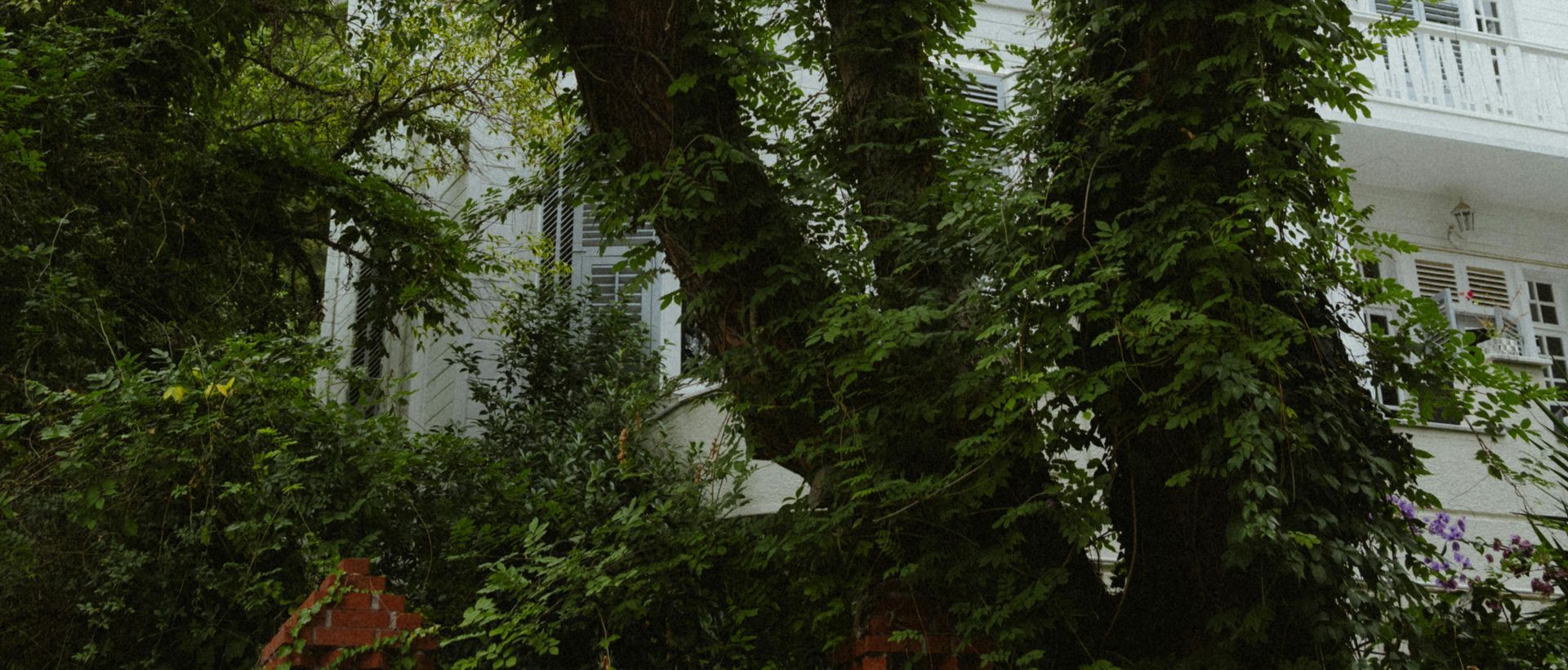
It starts subtly. A charming green vine climbing a garden wall, adding a touch of classic, rustic beauty to your West Covina property. But ivy, particularly aggressive varieties like English Ivy, is deceptively charming. Before you know it, that quaint accent has become a destructive force, gripping your home’s exterior, choking out other plant life, and causing damage that can be costly to repair. The key to effectively reclaiming your property isn't just about how you remove it, but when. Timing is everything. Many homeowners make the mistake of tackling ivy in the spring, when its vigorous growth is most apparent. This can be a frustrating, and often counterproductive, battle. At Tree Service Perfection West Covina , we've seen firsthand how strategic, seasonal removal provides the best, most lasting results. This comprehensive guide will walk you through why scheduling your ivy removal during a specific time of year is the secret to stopping its overgrowth for good.
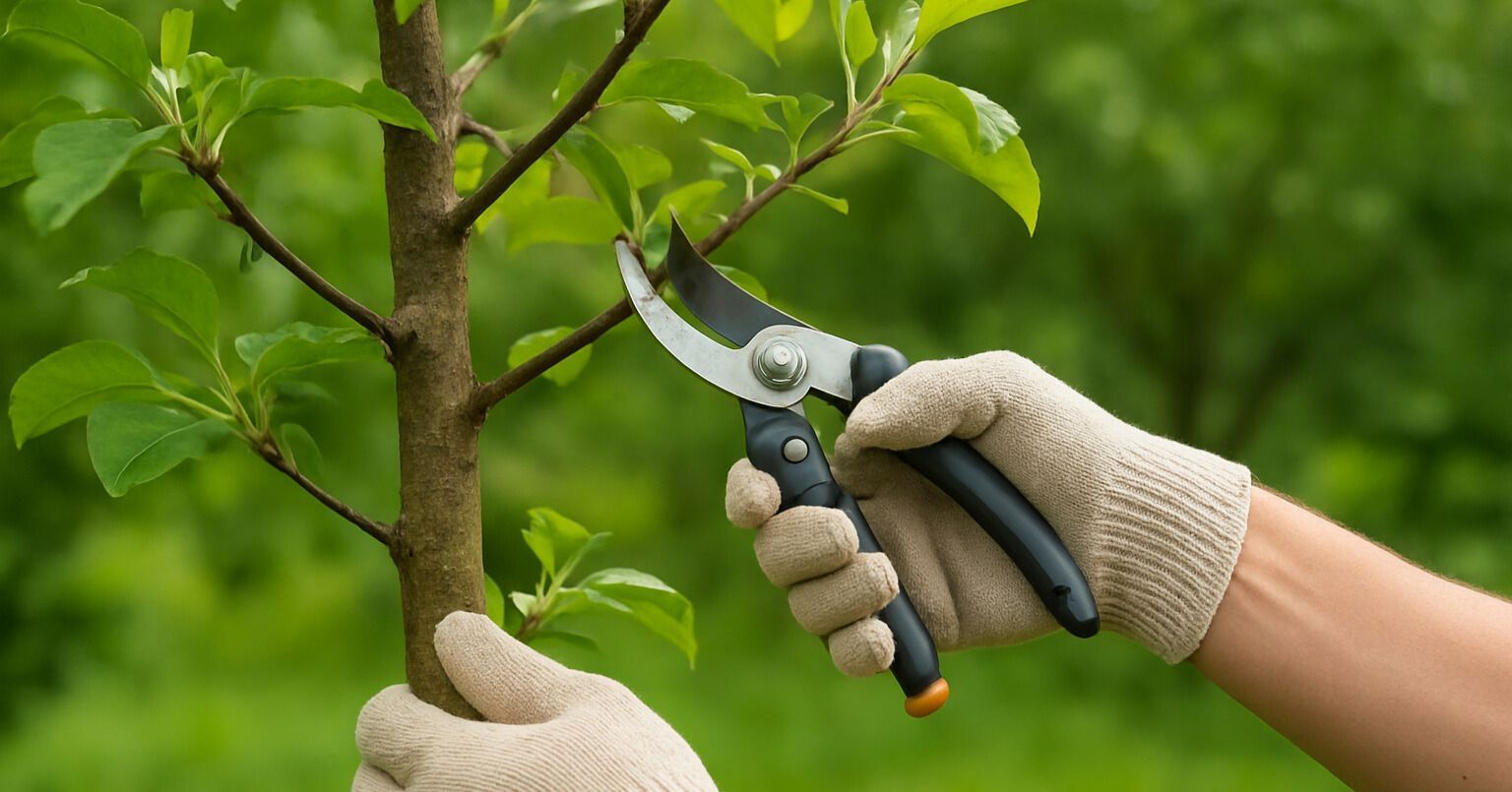
Your trees are more than just part of your landscaping; they are living assets that enhance your property's beauty, value, and ecological health. Like any valuable asset, they require consistent, knowledgeable care to thrive. Neglect can lead to disease, structural weakness, and potential hazards. This comprehensive guide will walk you through the essentials of tree maintenance, from routine trimming to emergency response, ensuring the long-term health and safety of your green companions. Here at Tree Service Perfection West Covina , we believe that an informed homeowner is a tree's best friend. Let's delve into what it takes to cultivate a safe and beautiful urban canopy right in your own yard.
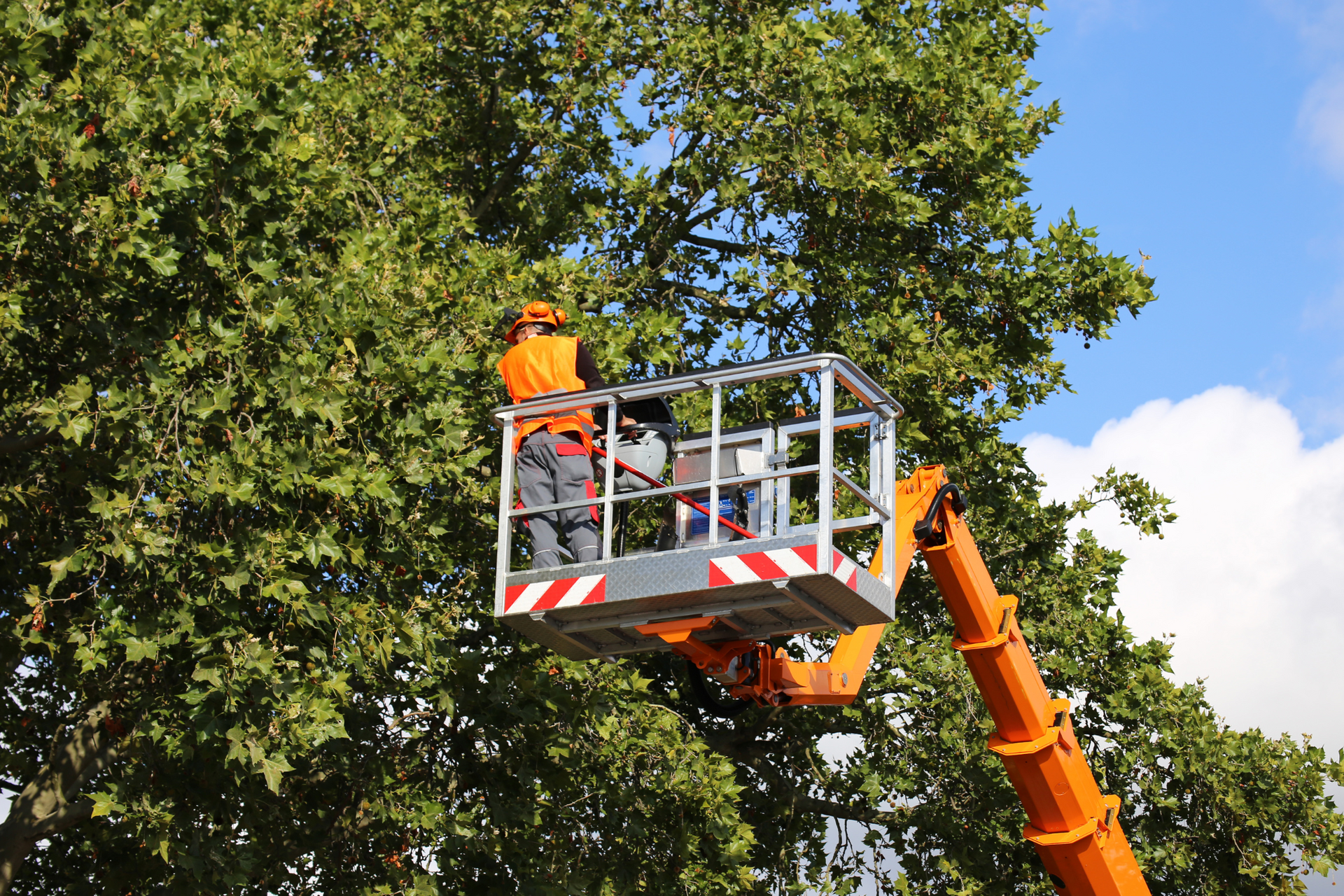
Have you ever looked at a tree in your yard and wondered why it’s not flourishing? Perhaps its leaves are yellowing, its growth seems stagnant, or it just lacks the vibrant life you see in other trees. You're not alone. Many homeowners face the challenge of stunted tree growth, a frustrating issue that can detract from the beauty and value of their property. But don’t despair! Understanding the root causes of these problems is the first step toward transforming your struggling trees into strong, healthy specimens.

Understanding the importance of regular tree trimming helps West Covina property owners maintain beautiful landscapes while protecting their families and investments. Professional trimming promotes tree health, prevents property damage, and enhances outdoor aesthetics throughout Southern California's unique climate.
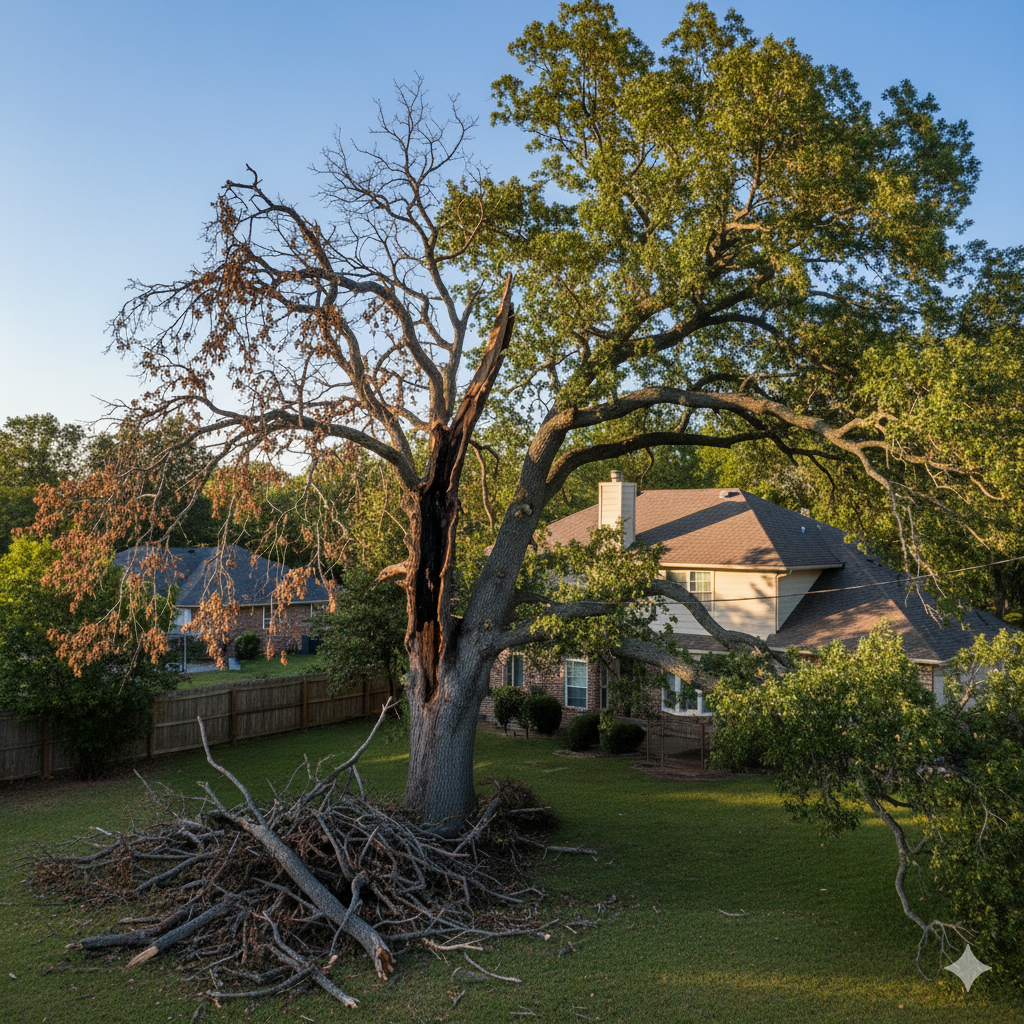
Introduction If you live in West Covina, CA, you know the sun can be strong, the dry season can linger, and those mature trees that line our streets and yards are part of the charm of our neighbourhood. But sometimes those same trees — branches, stumps, overgrown trunks — can quietly turn into hazards. A well-maintained tree enhances your home’s value; a neglected one can cost you big. As a local arborist specialising in tree service in West Covina, CA , I want to walk you through the signs your tree needs attention: what you should look for, why it matters, when to step in, and how the process works. You’ll feel equipped to act before things go wrong.
